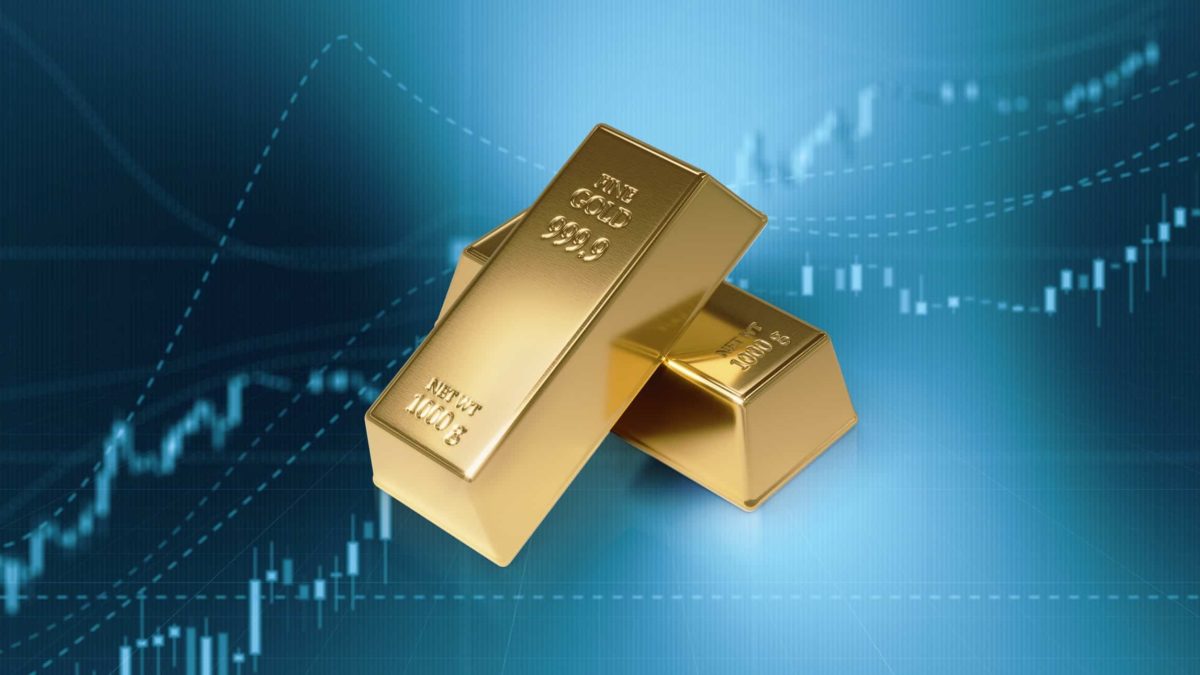S&P/ASX 200 Index (ASX: XJO) gold stocks are enjoying a very strong year of share price performance as the gold price continues to charge into new record-high territory.
Though not as strong as you might expect.
One year ago, the yellow metal was trading for US$1,993 per ounce. On 30 October, that same ounce was worth US$2,788. Bullion has retraced a touch since then, trading for US$2,741 per ounce at yesterday's market close.
Still, that sees the gold price up a whopping 37% in a year.
As for some of the biggest ASX 200 gold stocks, as of Monday's close, the Northern Star Resources Ltd (ASX: NST) share price is up 48% in a year; Newmont Corp (ASX: NEM) shares are up 16.0%; and the Evolution Mining Ltd (ASX: EVN) share price is up 39%.
More broadly, the S&P/ASX All Ordinaries Gold Index (ASX: XGD), which also contains some smaller miners outside of the ASX 200, has gained 36.8% over the full year.
While these are impressive gains, the big Aussie gold producers have actually benefited less from the soaring gold price than many analysts, myself included, would have expected.
You see, most of their costs to dig up and process gold are fixed. So, any changes in the gold price, up or down, have a large impact on their profit margins and tend to see the gold shares make bigger moves than the price of the underlying metal.
So, with the gold price surging this year, why haven't ASX 200 gold stocks flown even higher?
Why ASX 200 gold stocks could fly higher into 2025
Explaining the ongoing bull run in the gold price that's been fuelling investor interest in both bullion and gold miners, Arian Neiron, managing director and head of Asia-Pacific at VanEck said (courtesy of The Australian Financial Review):
Now that [interest] rates are falling, the gold price is gaining even more momentum after an already stellar 30% run so far this year. And there are many reasons why it will keep climbing. Its momentum has been supported by pressure on the US dollar, rate cuts, geopolitical uncertainty, under-ownership and central banks buying up.
And the gold price is forecast to keep running higher from here.
Neiron added:
With most other risk assets such as stocks being fully priced, a US$3000 gold price – which UBS recently flagged is a possibility by the end of the year – could not only provide investors with potential growth but also a hedge against debt and geopolitical uncertainty.
But what about ASX 200 gold stocks?
According to Neiron:
What is unique about gold is that you can gain exposure via the sharemarket. Gold stocks, while more volatile than the price of the yellow metal, typically rise more on the ascent. The reverse is also true when the gold price falls.
But despite the big surge in the gold price, ASX mining shares have broadly lagged.
"The gold mining sector is undervalued," Neiron said.
He continued:
Sure, costs to produce gold have climbed with inflation, but they have risen to about US$1,400 per ounce. Newmont recently reported US$1,613 per ounce for the latest quarter which reinforces that taking a sector approach versus individual miners is prudent.
So, with the gold price approaching double that, the miners are well placed to benefit and that has not yet been fully reflected in valuations.
Northern Star's all-in sustaining cost (AISC) was US$1,395 per ounce in the latest quarter, while Evolution's was US$1,051 per ounce.
Meanwhile, ASX 200 gold stock Evolution Mining is among the lowest-cost producers at the moment.









